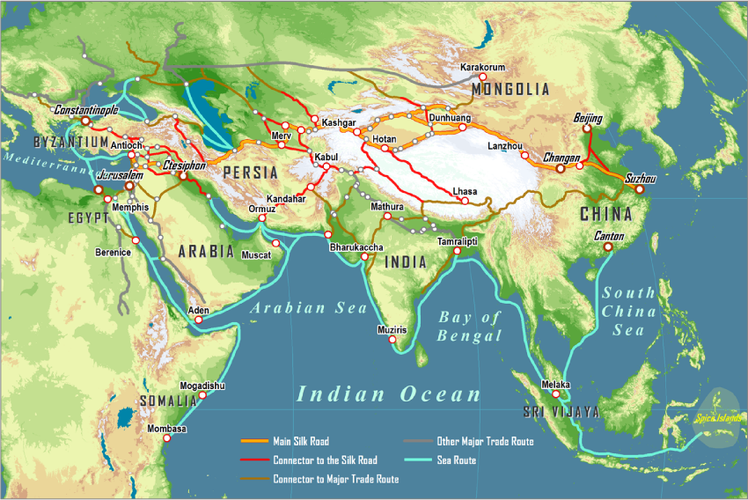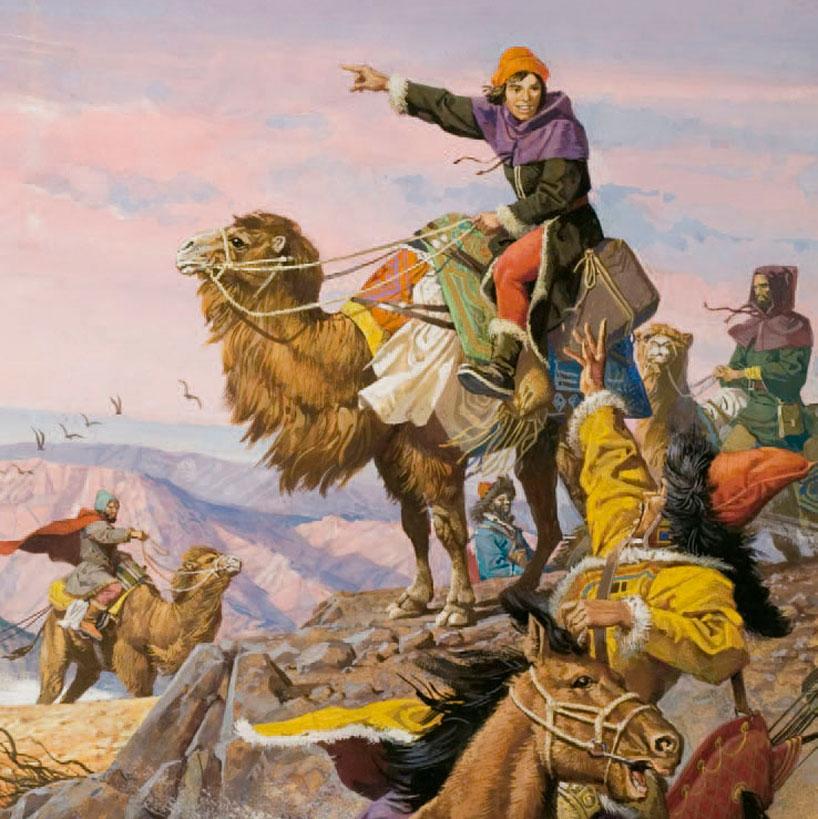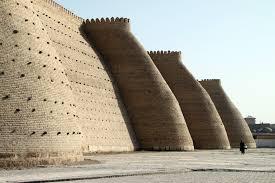
The Silk Road
There are many cultures in the world which are contact in one way or another with one another. The process of diffusion is due to the spread of cultural traits. Both the material and non-material cultural traits transmit from one society to another. Material traits spread quickly while characteristics and beliefs take more time and spread gradually. For example the teachings of Muhammad is spread from society to society in the diffusion of culture.

The Silk Road

Travelers, traders, and merchants had to cross a vast expanse of vastly unpopulated and hostile territories. Along the way, most traders were harassed by bandits, rough terrain, and unpredictable weather on the 7000 mile long journey to the coast. If traders managed to survive those perils, then they were allowed to trade within China
Fun Facts
The term Silk Road was coined in 1870 by German geographer Ferdinand van Richthofen, the uncle of the Red Baron.
The term Silk Road was coined in 1870 by German geographer Ferdinand van Richthofen, the uncle of the Red Baron.
Silk Road routes were often disrupted and always changing due the presence of bandits, political alliances, passes closed by snow, droughts, storms, seasonal changes, wars, plagues, horsemen raids, and natural disasters.

Did You Know?
Fortresses or "rest stops" were strategically placed to allow caravans to resupply and regain energy.
The Silk Road was a...?